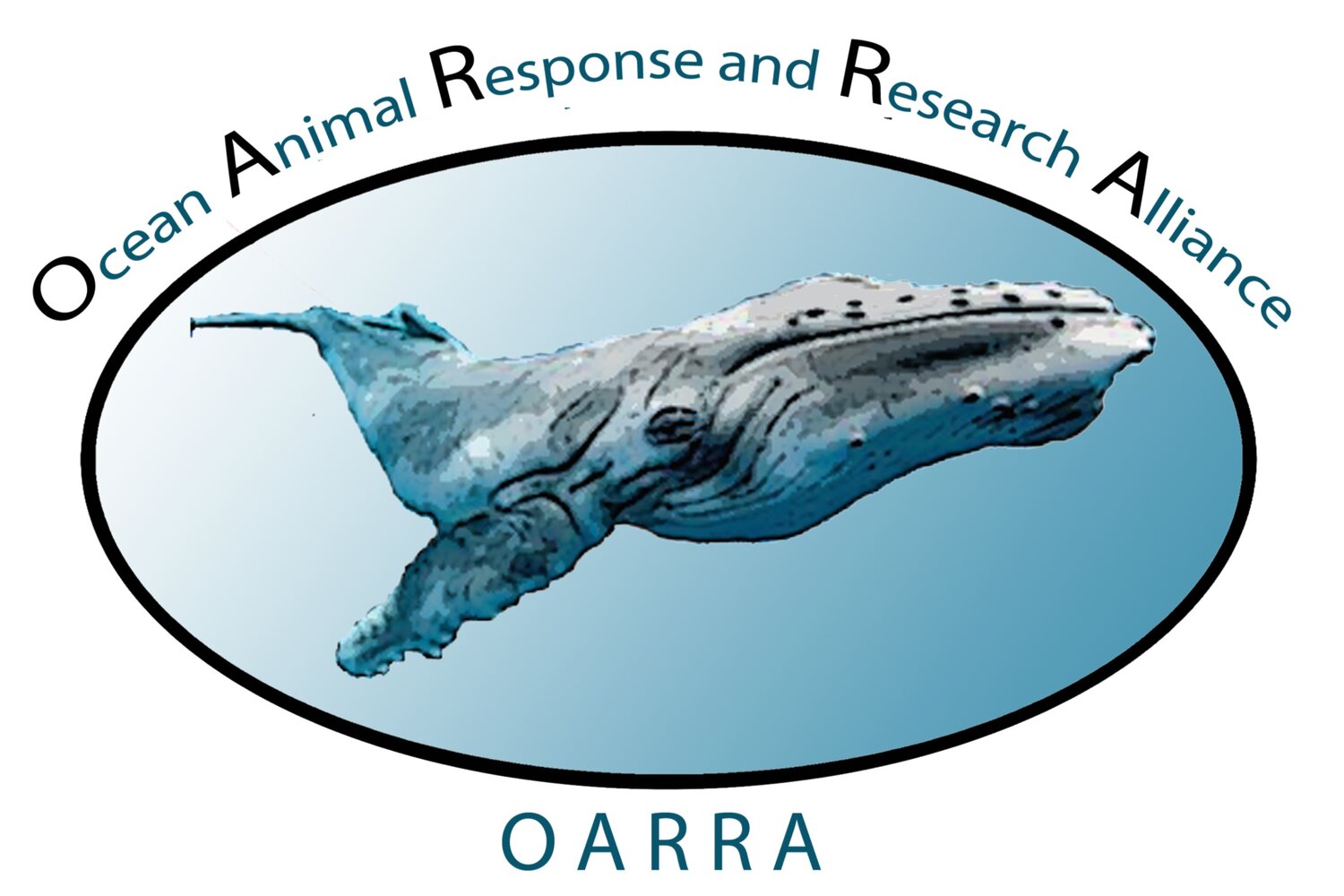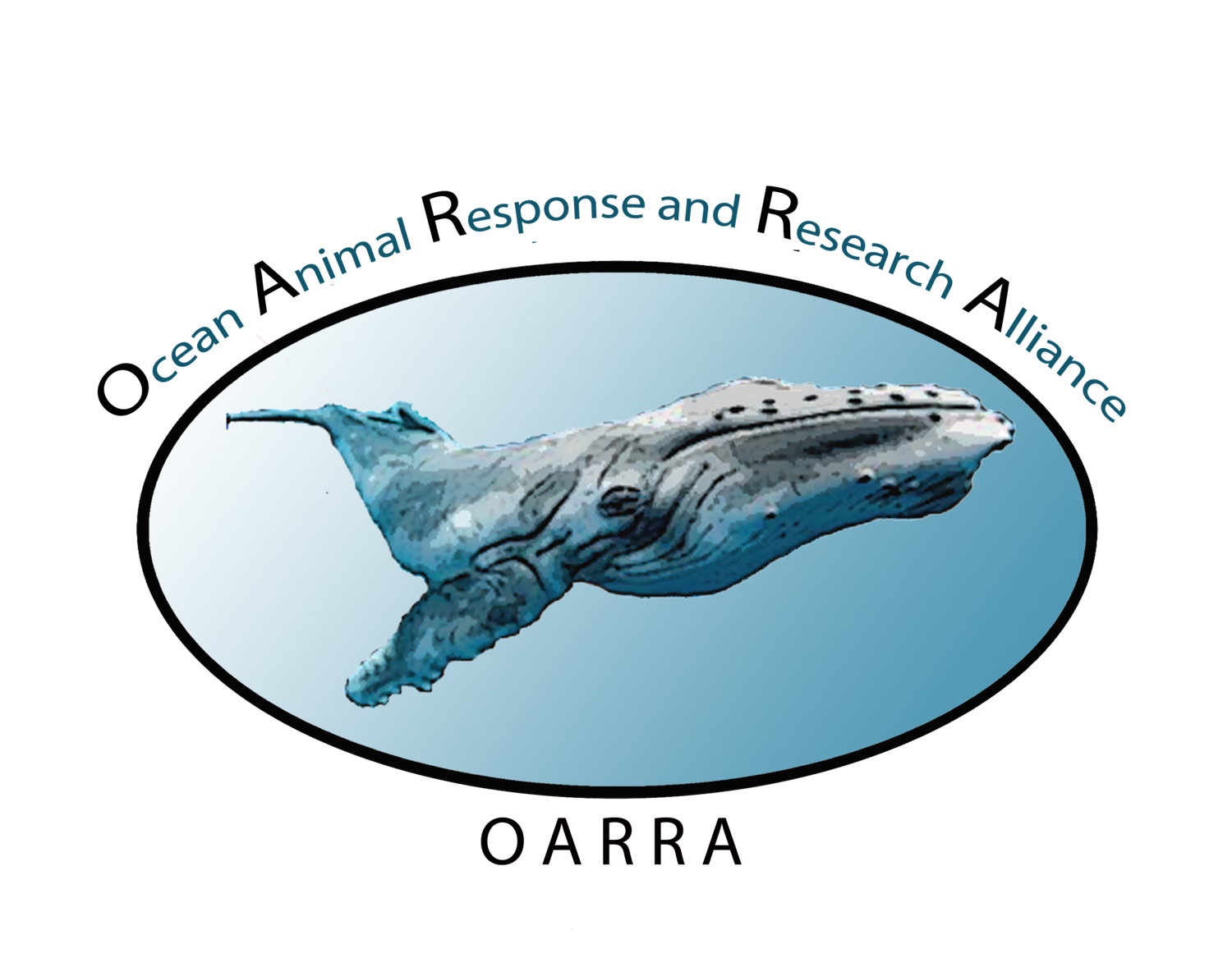
It is imperative to study both living and dead marine animals, to fully understand the effects of present and future threats and pressures on the marine environment, marine animals, and the humans that steward both. Through this overarching understanding, we endeavor to take corrective action for the betterment of the environment and all species.
-OARRA
Program Overview
These programs are the cornerstones of the foundation of OARRA. From the busy coastline of Southern California to the quiet lagoons of Mexico, OARRA is presented with the perfect conditions to study the relationship between humans, animal health, and environmental conditions, critical in the post-Covid-19 environment. OARRA, through its active monitoring and surveying of the nearshore environments, its inhabitants, and the threats from human influences, will begin to understand the effects of these influences on this precious resource. Concurrently, OARRA, responding to and collecting data on the previously unreported marine mammal and sea turtle mortalities, both floating and stranded, allows OARRA to add essential baseline data on the marine animals' health and any human influence on it. Collectively this data will significantly contribute to the overall understanding of the population dynamics, utilization of and movement within the habitat, health status, and identification of natural or human-made stressors affecting the marine animals, our canaries of the sea.
OARRA, aligned with leading national and international scientists, will merge data to help gain an overarching, 10,000-foot view of our connected environments and how our actions affect the marine environment and its inhabitants, both here and abroad. We are no longer isolated and our actions locally, whether negative or positive, have a global effect. Together, through this multi-discipline alliance, we can identify the problems and make changes before it is too late for all.
Response to Marine Mammal and Sea Turtle Mortalities
For years, deceased marine mammals and sea turtles, floating and washing up on the Los Angeles County Coastline, have gone unreported. The loss of this vital information has had rippling effects on the management of this critical habitat. OARRA is filling this critical gap by its response program, gathering data, and establishing the needed baseline of knowledge. Vital information such as the number of dead marine animals, species, age class, gender, and cause(s) of death, can help identify new and emerging threats and diseases that can affect the environment, animals, and humans. OARRA will monitor the frequency of human interaction, the role of harmful algal blooms (HABs), and toxins from storm runoff that may have contributed to the demise of these magnificent mammals and endangered sea turtles.
From the recent expired (Code 2) to the mummified remains (Code 5), each deceased animal provides OARRA with valuable pieces of data and information to an intricate puzzle of what is causing these deaths. OARRA’s continued monitoring will also alert stakeholders and managers of impending unusual mortality or stranding events (UME, USE) of marine animals. The analysis of data OARRA collects will be made available to and will assist management in making decisions to assure the conservation of this valuable marine environment and its inhabitants.
Every mortality is a tragedy, but these animals need not die in vain.
One component of a detailed necropsy is an external exam and measurements. Above OARRA Researchers measure the length of the anterior side of the rear flipper of an endangered Guadalupe Fur Seal.
Research Program
When stranded animals die, experts perform a necropsy—an animal autopsy—to learn more about why the animal died. For example, a necropsy can tell researchers what an animal ate, what parasites it may have, and whether it was or had been pregnant. We have learned a significant amount about marine animals’ basic physiology and biology through necropsies. This knowledge that is not otherwise accessible in the wild or through other means. These sampling opportunities also help validate and increase understanding and interpretation of data collected from wild populations. Analysis of certain tissues OARRA collects during necropsies can determine the level of biological or chemical contaminants, such as DDT and POP’s, to which they are exposed. Other samples collected and analyzed can determine the animals’ exposure to harmful algal blooms (HABs). To underscore the importance of sample collection, the National Marine Mammal Tissue Bank located at the Hollings Marine Laboratory stores marine mammal tissues taken during necropsies under strict protocols to support multiple analyses and provide long-term sample stability for future research. These are just some of the multi-disciplinary research projects OARRA is undertaking and leading with its Alliance.
With a cruise ship and oil rig Ellen in the background, Sea lions rest on a buoy in the bustling Port of Los Angeles.
Sea lions hauled out on the rudder of this ship, LA Harbor, CA.
Monitoring and Survey of the Nearshore Marine Environment of Southern California and Mexico
It all begins with being on and immersed in the environment, observing conditions and the ebb and flow of the marine animals visiting or residing in this shared, multi-use coastal area. OARRA is afforded the unique opportunity in very diverse environments to study the dynamics of marine mammals and sea turtles traversing or residing in the Southern California Bight. OARRA, through the identification of tagged or specially marked animals, can study the efficiency of the rehabilitation of marine animals while also monitoring trends of the number of marine mammals utilizing the main study area. The ability to age the animals seen, their movement, and their use of the environment add to the overall understanding. As these animals do not recognize borders, animals that have been sited in US waters have also been resited in our southern counterparts regions into the marine waters of Mexico. Through our International Alliance with Centro de Rescate, we are able to continue recording their movements. Not only having the ability to resite tagged animals but to study and collect data on the sheer number of animals traversing up the coast is also quite frankly amazing. Beyond the sheer number of animals, observing their adaptability, and their staggering usage of this area- from the busiest commercial ports in the United States to the quiet yet heavily shared “rural” southern California to the wilds of the lagoons, oceans, and seas touching the vast Mexico Coastline begs to be studied, the information they provide is necessary to study and conserve at all costs; OARRA is doing just that.
Entanglement Program
Video courtesy of NOAA Fisheries (NMFS MMHSRP #18786-04)
OARRA is proud to be involved with the West Coast Large Whale Entanglement Response Program and assist in promoting the mission of “Reducing the number of large whale entanglements and minimizing the likelihood of large whales becoming entangled in fishing gear promotes the conservation of healthy whale populations along the U.S. West Coast.” Comprised of trained individuals from different disciplines, each an expert understanding whale behavior, biology and health, vessel operations, handling ropes under tension, and coordinating entanglement response teams. This work is done under a permit held by NOAA Fisheries’ Marine Mammal Health and Stranding Response Program that provides authorization for responders, like the trained individuals at OARRA, to approach the whale to documentation the entanglement and if all conditions are safe and with the express permission of NOAA, attempt the disentanglement. Due to the dangerous nature of responding to entangled large whales, all responders go through extensive training and many years of apprenticeship to learn the proper techniques and protocols to ensure their safety and that of the animals.
Despite much work addressing this situation, large whale entanglements had risen over the past few years from a 13 year (2000-2013) average of 10 whales per year to an all-time high of 50 whales in 2015. This number has hovered at this level since. These were the highest annual totals for the west coast region since records first started to be accurately kept by NOAA in 1982.






